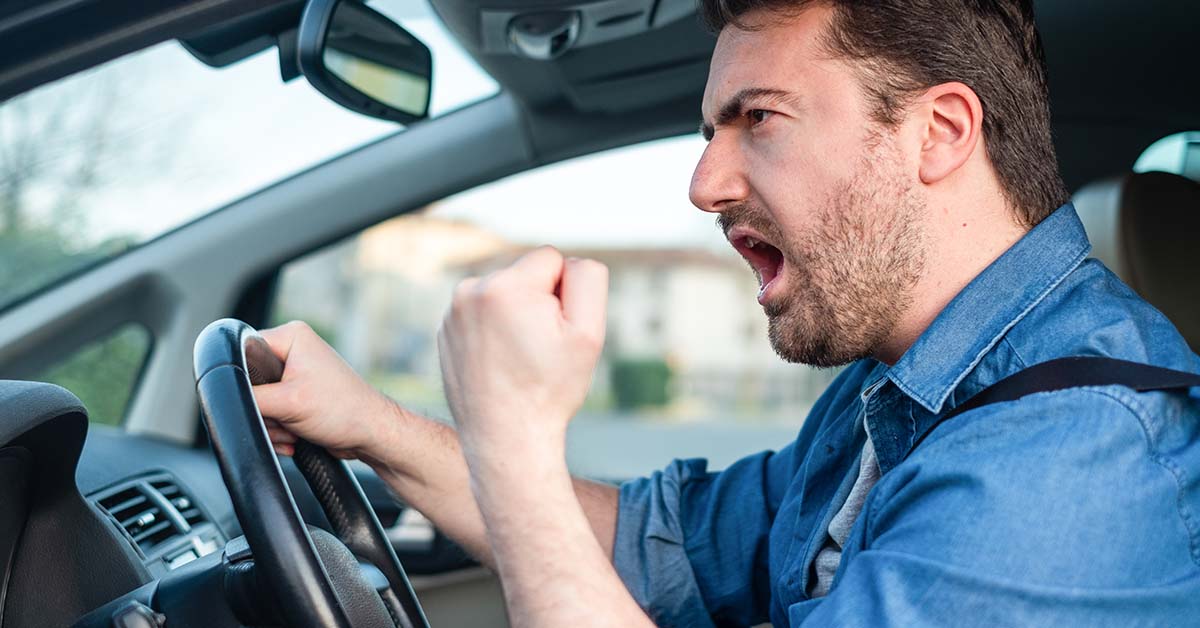Encountering road rage: What should you do?
Encountering road rage: What should you do?

Sharing the road with an aggressive driver can be an unsettling experience, but it’s all too common.
In a survey conducted by the AAA Foundation, nearly 9 in 10 respondents said they believed aggressive drivers were a “somewhat” or “very serious” threat to their personal safety.
Aggressive driving behaviors to look out for include:
- Speeding in heavy traffic
- Tailgating
- Cutting in front of another driver and then slowing down
- Running red lights
- Weaving in and out of traffic
- Changing lanes without signaling
- Blocking cars attempting to pass or change lanes
- Using headlights or brakes to “punish” other drivers
Extreme cases of aggressive driving can even escalate to road rage. Examples of road rage include cursing, obscene gestures, throwing objects, ramming, sideswiping, and forcing a driver off the road.
You may witness drivers doing things that are illegal, inconsiderate and even incomprehensible. Don’t respond personally. Most drivers are not thinking about their impact on you; they are just rushed, distracted or upset.
AAA shares the following tips for avoiding and dealing with road rage incidents.
Follow the Rules of the Road
- Maintain adequate following distance.
- Use turn signals.
- Allow others to merge.
- Use your high beams responsibly.
- Tap your horn if you must (but no long blasts with accompanying hand gestures).
- Be considerate in parking lots. Park in one spot, not across multiple spaces. Be careful not to hit cars next to you with your door.
- Remaining calm and courteous behind the wheel lowers your risk of an unpleasant encounter – both with another driver or with law enforcement.
Dealing with Confrontation
- Avoid eye contact with angry drivers.
- Don’t respond to aggression with aggression.
- If you feel you are at risk, drive to a public place such as a police station, hospital or fire station.
- When you park, allow room so you can pull out safely if someone approaches you aggressively.
- Use your horn to attract attention but remain in your locked vehicle.
- If you are confronted, stay as calm and courteous as possible.
- If you feel threatened, call 911.
Always Remember
- Don’t offend: Never cause another driver to change their speed or direction. That means not forcing another driver to use their brakes or turn the steering wheel in response to something you have done.
- Be tolerant and forgiving: The other driver may just be having a really bad day. Assume that it’s not personal.
- Do not respond: Avoid eye contact, don’t make gestures, maintain space around your vehicle, and contact 9-1-1 if needed.
Driver Training and Education through AAA prepares young drivers for the many challenges they're bound to face on the road. Start today at AAA.com/DriverTraining.












